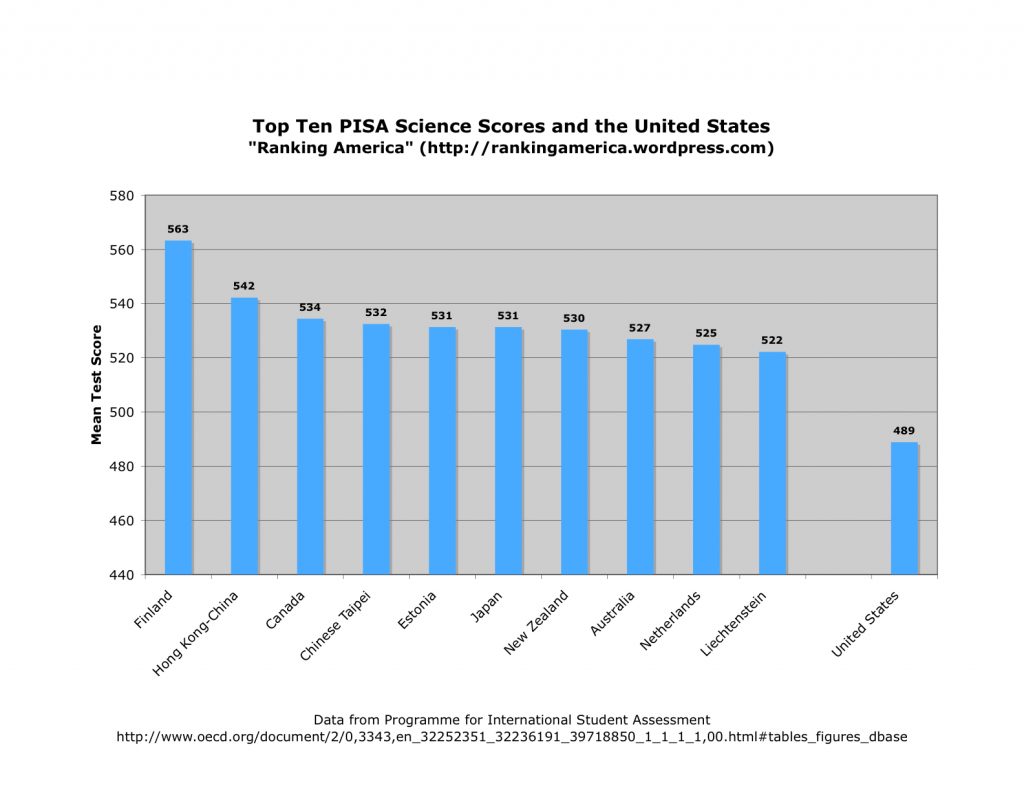Economy
10 Aug Your child in year 2100. Forecasts from the world’s leading futurists.
 For a child born today, what will the world look like in 2100? This is the topic of a special section of The Futurist, September- October issue. Via scenarios and forecasts from some of the leading expert within foresight, we get a glimpse into what it will mean to be 88 at the dawn of the next century. This is the future of the Homeland generation. Millennials will be 96 to 120 if they are alive and some of them will. Some scenarios make me infer that some Generation X members are still with us as "post-centenarians". Others take the the transhumanist/singulitarian view that we have passed the point where we will be able to live forever.
The trends and emerging issues covered range from energy, climate changes, economic systems, space travel, scientific breakthroughs - particularly in biology and computing – and of course, aging.
Extreme longevity seems to show up in many of the narratives, reflecting long anticipated breakthroughs in medicine, computing and biotechnology. Resource depletion combined with resource scarcity, governmental issues and dwelling patterns are other issues.
The “mood” of these forecasts, or the level of pessimism vs. optimism, seems to be in line with most futurist projections: If and when we can manage to reform ourselves before we totally ruin the planet, it’s going to worse only until it gets better. Similar to cycle theories like the Kondratiev long waves or Strauss and Howe’s generational predictions, we will most likely go through a period of crisis - a period we have already entered - before we enter a new “high period”.
For a child born today, what will the world look like in 2100? This is the topic of a special section of The Futurist, September- October issue. Via scenarios and forecasts from some of the leading expert within foresight, we get a glimpse into what it will mean to be 88 at the dawn of the next century. This is the future of the Homeland generation. Millennials will be 96 to 120 if they are alive and some of them will. Some scenarios make me infer that some Generation X members are still with us as "post-centenarians". Others take the the transhumanist/singulitarian view that we have passed the point where we will be able to live forever.
The trends and emerging issues covered range from energy, climate changes, economic systems, space travel, scientific breakthroughs - particularly in biology and computing – and of course, aging.
Extreme longevity seems to show up in many of the narratives, reflecting long anticipated breakthroughs in medicine, computing and biotechnology. Resource depletion combined with resource scarcity, governmental issues and dwelling patterns are other issues.
The “mood” of these forecasts, or the level of pessimism vs. optimism, seems to be in line with most futurist projections: If and when we can manage to reform ourselves before we totally ruin the planet, it’s going to worse only until it gets better. Similar to cycle theories like the Kondratiev long waves or Strauss and Howe’s generational predictions, we will most likely go through a period of crisis - a period we have already entered - before we enter a new “high period”. Dr. William Halal and Laura B Huhn from TechCast believe a new high tech era will occur around 2020. This view is similar to that of Olli Hietanen and Marko Ahvenainen, Finland Futures Research Centre, who forecast a Sixth Kondratieff wave (2010 – 2050) based on new innovation and technologies within biotechnology. The Sixth wave differs from the Fifth because of the increasingly rising prices on raw materials and energy. The new paradigm in innovation and production is likely to be within molecular, or synthetic, biology, which will allow us to grow and change structures from raw biological materials. Just think about all the experiments happening with stem cells and organ scaffolding in the labs today! Not to mention biological 3-D printing. Tissue engineering will enable us to grow new organs and artificial meats, even biodegradable polymers to be used in manufacturing. These prospects might be frightening to some, conjuring up 19th and 20th century sci-fi dystopias like Frankenstein and Brave New World. But for most futurists, the unsustainable alternative of status quo is often much scarier!
Dr. William Halal and Laura B Huhn from TechCast believe a new high tech era will occur around 2020. This view is similar to that of Olli Hietanen and Marko Ahvenainen, Finland Futures Research Centre, who forecast a Sixth Kondratieff wave (2010 – 2050) based on new innovation and technologies within biotechnology. The Sixth wave differs from the Fifth because of the increasingly rising prices on raw materials and energy. The new paradigm in innovation and production is likely to be within molecular, or synthetic, biology, which will allow us to grow and change structures from raw biological materials. Just think about all the experiments happening with stem cells and organ scaffolding in the labs today! Not to mention biological 3-D printing. Tissue engineering will enable us to grow new organs and artificial meats, even biodegradable polymers to be used in manufacturing. These prospects might be frightening to some, conjuring up 19th and 20th century sci-fi dystopias like Frankenstein and Brave New World. But for most futurists, the unsustainable alternative of status quo is often much scarier!
27 Apr Tween marketing – it’s not your Mama’s old ads
Do you have a tween at home? A kid grown tired with your pre-packaged, PG rated stuff, yet who’s still too young to be allowed to choose products and entertainment for themselves? Well, guess what – they’re making their own choices and you’re not the only...
09 Apr Failing education or failing middle class?
 Compared to the countries we increasingly compete with in this globalized world, American educational test scores stink. Everybody knows it and everybody is getting busy looking for culprits and solutions. Which can only result in one thing: nobody can agree to what the cause is. We don’t challenge our kids enough! We challenge them too much! Teachers aren't held accountable enough! Teachers spend too much time with accountability standards, so student time suffers. We get frightfully wooed by ruthless Asian tiger mothers and we begrudgingly confess our kids are turning into lazy slobs because we don’t drill enough violin practice at an early age. And then we let out sighs of relief as soon as Finland becomes the country in vogue. Laid-back Finland, with their school kids loafing around their classrooms in slippers after entering school at the advance age of 7, all while making top PISA scores. And without even undergoing the rigor of standardized testings!
Compared to the countries we increasingly compete with in this globalized world, American educational test scores stink. Everybody knows it and everybody is getting busy looking for culprits and solutions. Which can only result in one thing: nobody can agree to what the cause is. We don’t challenge our kids enough! We challenge them too much! Teachers aren't held accountable enough! Teachers spend too much time with accountability standards, so student time suffers. We get frightfully wooed by ruthless Asian tiger mothers and we begrudgingly confess our kids are turning into lazy slobs because we don’t drill enough violin practice at an early age. And then we let out sighs of relief as soon as Finland becomes the country in vogue. Laid-back Finland, with their school kids loafing around their classrooms in slippers after entering school at the advance age of 7, all while making top PISA scores. And without even undergoing the rigor of standardized testings!
17 Nov Generational Politics
 Inspired by a string of generational reports from the PEW research center, NPR has recently focused on generational differences in politics and economics. All the stories in their “Generational Politics” segment follow the four generations that currently constitute the voting population. The series looks at typical economic situations given the economic downturn, political leanings, value systems and their projected political sympathies in the 2012 election.
The relationship between age and voter turnout has intrigued political scientists at least since 1960. Two rivaling theories are set out to answer the question of age and political alignment. The answer is likely to be a little bit of both.
Inspired by a string of generational reports from the PEW research center, NPR has recently focused on generational differences in politics and economics. All the stories in their “Generational Politics” segment follow the four generations that currently constitute the voting population. The series looks at typical economic situations given the economic downturn, political leanings, value systems and their projected political sympathies in the 2012 election.
The relationship between age and voter turnout has intrigued political scientists at least since 1960. Two rivaling theories are set out to answer the question of age and political alignment. The answer is likely to be a little bit of both.
14 Sep 26 percent child poverty in 2014
How will the unemployment and economic recession (or recessions as it more looks like) affect the New Silents in the U.S.? Amongst several dismal prognoses, over a quarter of this generation is expected to endure child poverty - and that is a conservative estimate. Derek Thompson...
- 1
- 2

